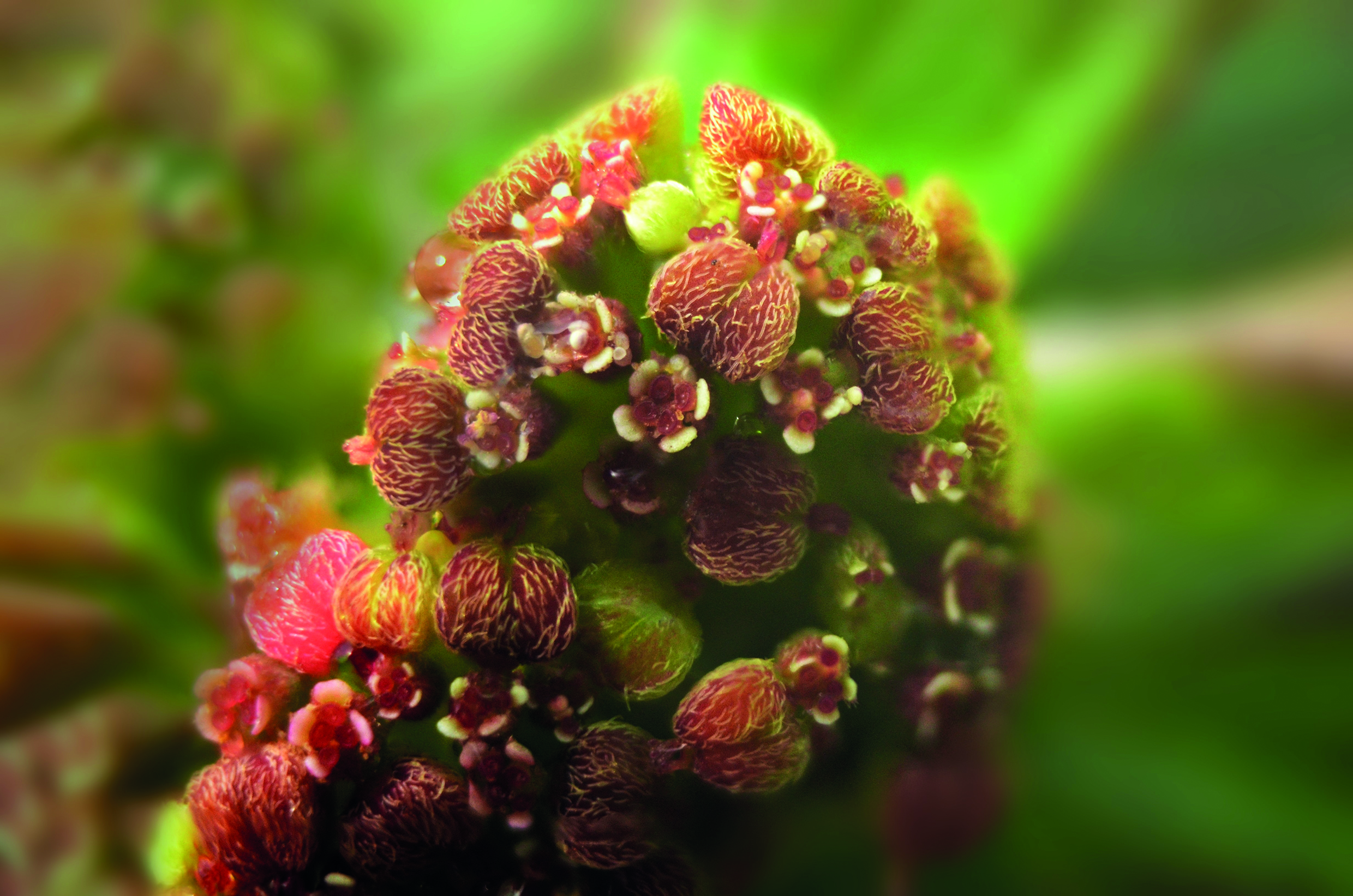 These beautiful and useful foliage plants add structure and texture to the garden. Their exotic-looking foliage creates a lush tropical feel to planting and many varieties have bright acid green flowers in spring and early summer that add a bit of zing to a border and beautifully compliment purples and blues. There are many varieties to choose from, whether for height or ground cover, sun or shade. Here’s my pick of the best.
These beautiful and useful foliage plants add structure and texture to the garden. Their exotic-looking foliage creates a lush tropical feel to planting and many varieties have bright acid green flowers in spring and early summer that add a bit of zing to a border and beautifully compliment purples and blues. There are many varieties to choose from, whether for height or ground cover, sun or shade. Here’s my pick of the best.
E. characias wulfenii
This is probably the most popular euphorbia. Its stems of bluish green leaves (up to 1.5m high) provide year round rounded structure to the garden and look great with silvers and purples. From March it comes alive with with blowsy lime green flowers that perfectly complement blue and purple plants such as Erysimum ‘Bowles Mauve’ or alliums. It will tolerate some shade but prefers a sunny spot and is pretty drought tolerant once established – perfect for a gravel or Mediterranean garden. E. characias ‘Humpty Dumpty’ is a more compact version of wulfenii – growing to around 50cm. Good for filling a sunny spot, along with grasses and geums. E. ‘Blue Wonder’ is also smaller (around 75cm) and has more glaucaous leaves. E. ‘Black Pearl’ with dark black eyes in the middle of yellow flower heads is a more unusual option, or for a more silvery colour-scheme try variagated E. characias ‘Silver Swam’ with a white leaf margins and mainly white flowers.
E. mellifera
This is a beautiful exotic-looking plant with bright green evergreen leaves and rusty orange, honey-scented flowers in spring. It gets big – around 2m – so it’s perfect if you want a large architectural structure in your garden. Combining it with large or spiky leaved plants or bold pinks, oranges or reds with give it an exotic feel. It likes full sun or partial shade.
E. pasteurii
This has the long striking leaves (though slightly darker green) and orangey flowers in early summer, but it’s smaller a 1.5 m in height. It’s another sun lover and looks good with yellow flowers or lush grasses such as Hackonachloea macra.
Lower growing
E. griffithii ‘Great Dixter’
If you want a bit of summer colour, this is fab. The warm orange flower heads in summer are followed by red and orange autumn leaves. Or E. griffithii has bright red flowers for even more of a wow factor.
E. palustris
With its fresh green foliage and mass of bright green flowers throughout the summer months, this it great for brightening up a sunny border – and will tolerate part shade. It looks amazing with blues, such as iris ‘Jane Phillips’ It reaches about 90cm. Or for flowers with more of a yellowy tone, try E. wallichii.
E. ceratocarpa
This is another euphorbia to add zingy acid green colour to the garden throughout the summer – March to July. More delicate than palustris, with narrow mid green leaves. It tolerates part shade so ideal for brightening up the edge of a shady corner.
E. x martinii
With red-eyed flowers from march until late June, this striking euphorbia looks good with other dark red/pink early flowering perennials such as aquilegia. It’s compact and upright, at 75cm in height and is a good choice for a smaller sunny border.
Shade lovers
E. Amygdaloides var. robbiae
Fab for brightening up a shady spot, this low growing (50cm) euphorbia is one of the earliest to flower, with dark glossy green leaves and fresh lime green flower that look great with dark purple tulips. Great ground cover, though it can be a bit invasive. E. amygdaloides ‘Purpurea’
This variety also has dark glossy leaves and bright green flowers in early spring but with crimson stems. It’s also a low growing shade lover.
Maintenance
Some evergreen euphorbias need to have their faded blooms cut back after flowering, while others such as E. characias need their stems cut back down the ground after flowering, to encourage new shoots, which will flower the following spring. Deciduous varieties need to be cut down to the ground in autumn. Bear in mind that euphorbias have a thick milky sap than can be a skin irritant, so wear gloves and long sleeves. Wash off immediately if you do et some on your hands. Euphorbia’s do have a tendency to spread or self seed – some more than others, but they’re easy enough to weed.
This article first appeared in the July issue of SE22 magazine.

